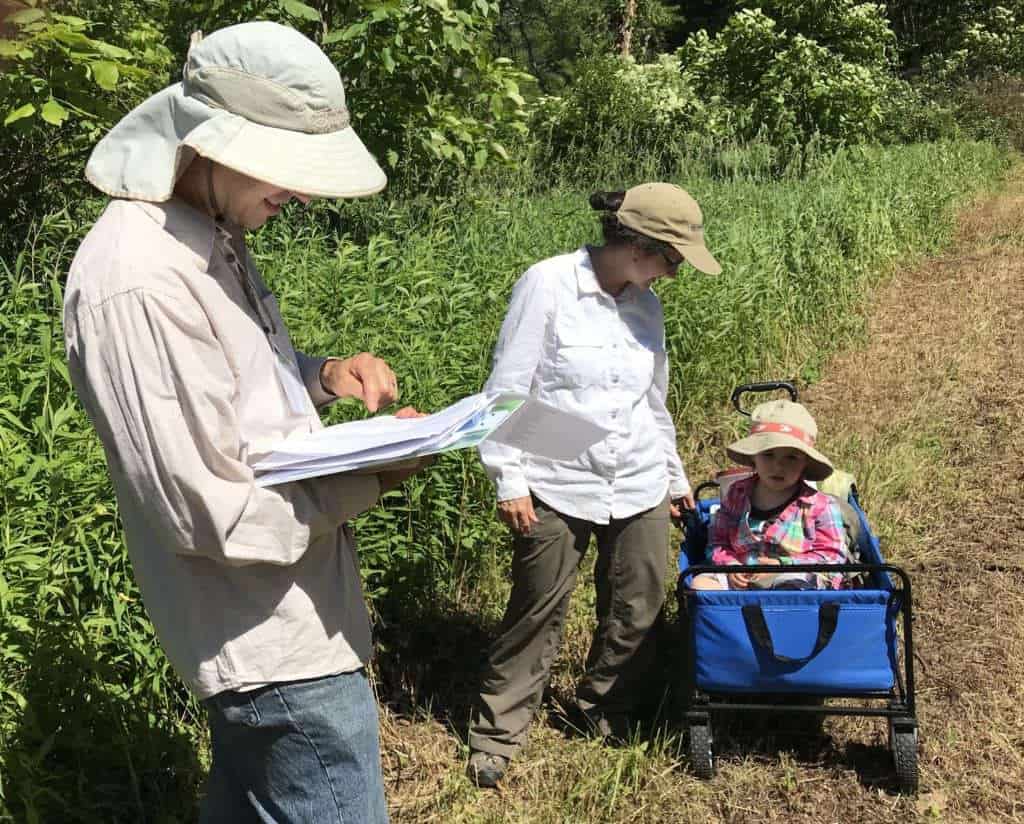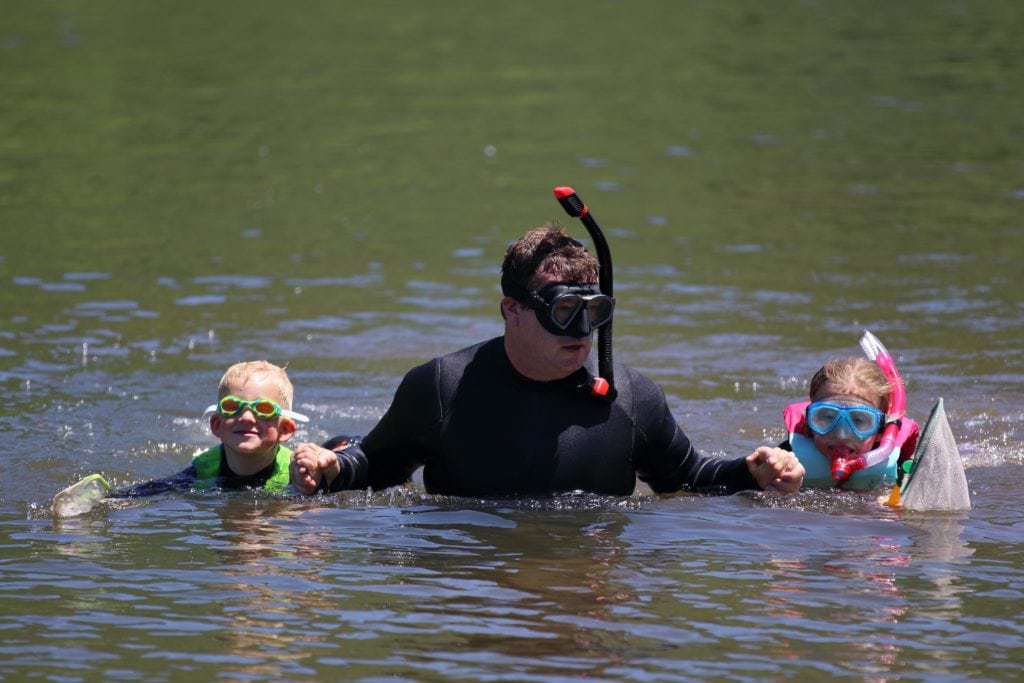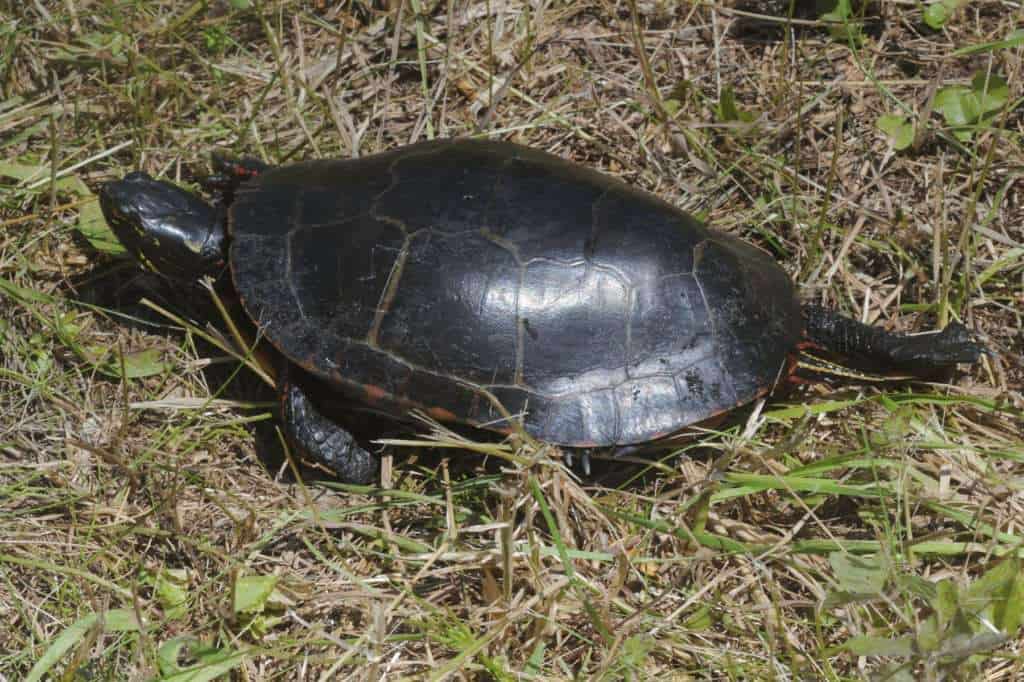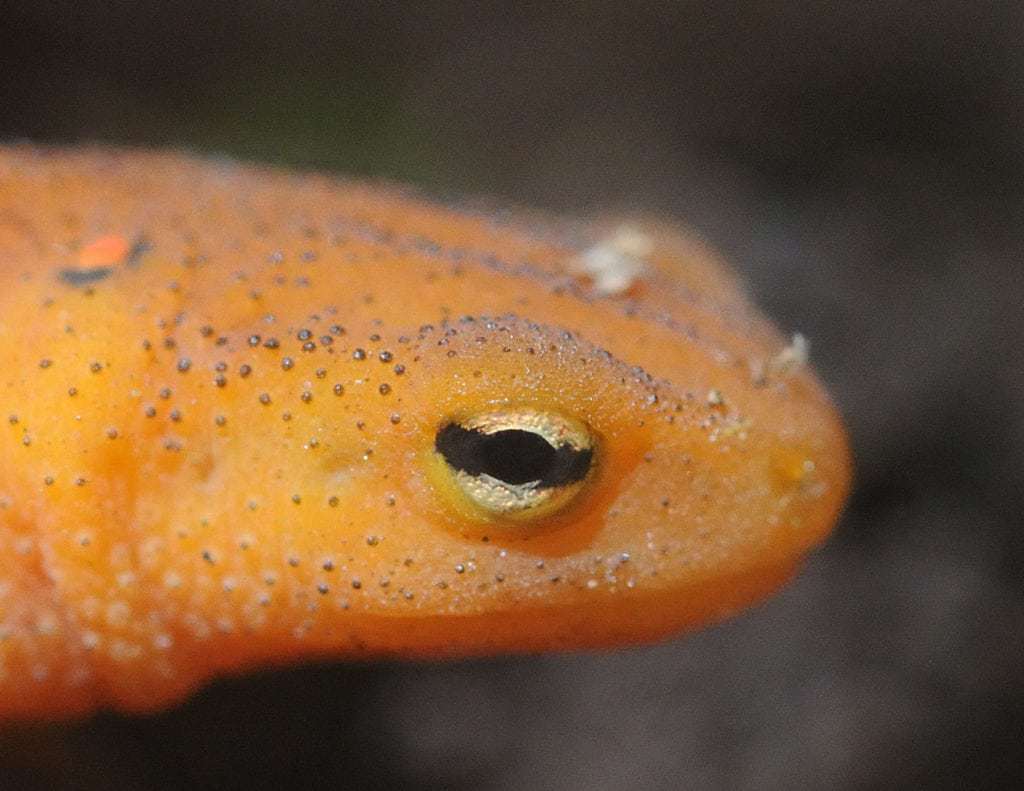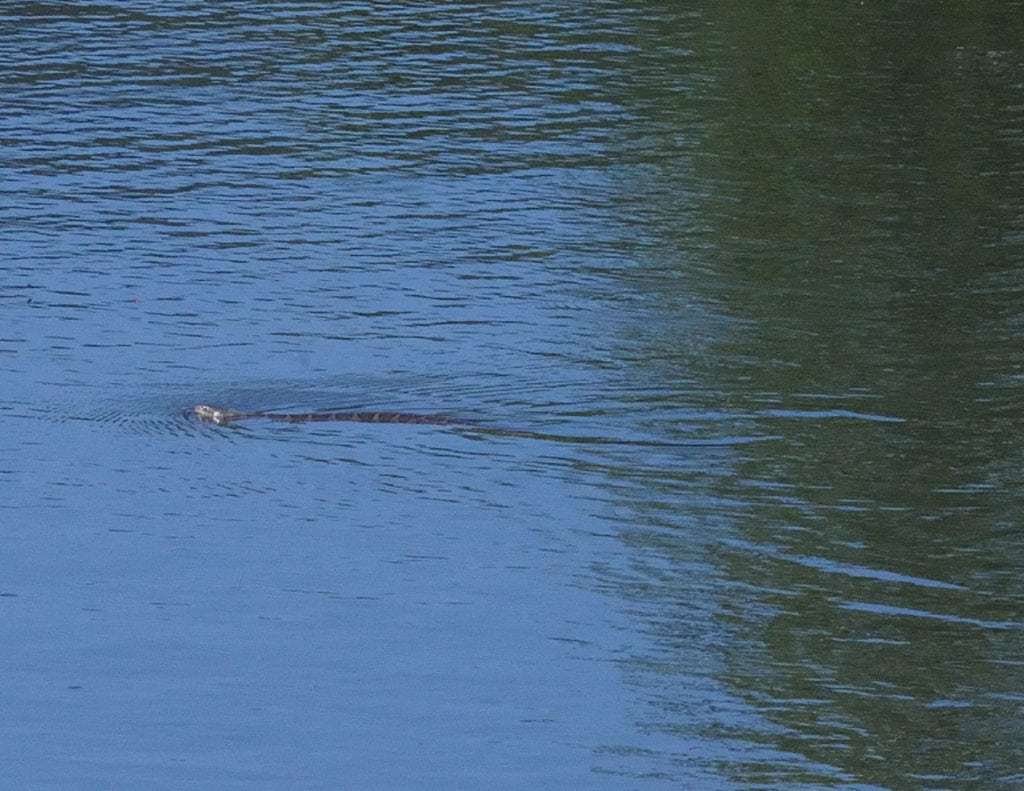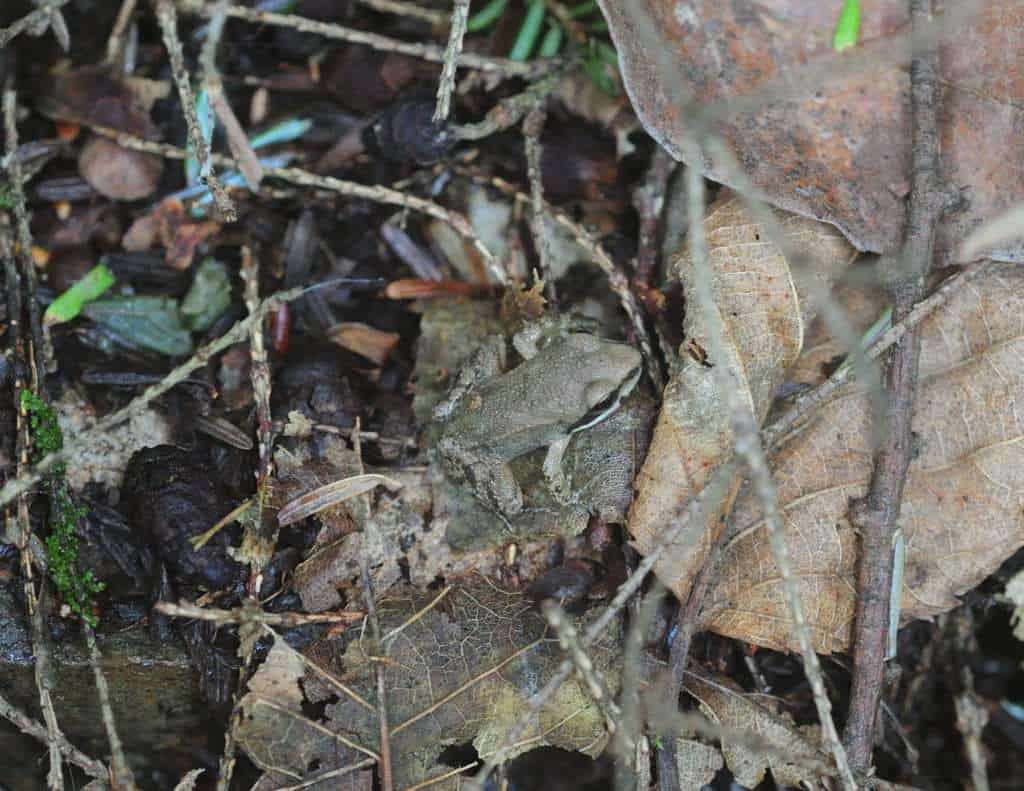No fanfare, no half-time show: the Biology Super Bowl takes place in the Upper Delaware
BioBlitz 2018
Of course we know what lichen is, right? The sort of papery green stuff that we've seen growing on trees, etc.
Well, that's only half of the story.
The rest of the story is what the BioBlitz is all about: learning what you might not even suspect from folks who know their stuff.
In a BioBlitz, scientists and amateur naturalists spend 24 hours (June 29/30) investigating and identifying every life form they can find in a given patch of earth. This one was in the quite beautifully named Starlight, Pennsylvania, on the banks of the West Branch of the Delaware River near Hancock, N.Y.
And the second half of that story is that they then share that with the public. That happened on Saturday, as the 24-hour "blitz" ended with a flurry of workshops from nature photography to bird and various critter walks, as well as the opportunity to look at the work the experts did and talk to them about what they found -- the point being to discover the amazing diversity of life, especially for young people.
So what I learned at the BioBlitz is that lichens are actually two or sometimes three different organisms. And the really cool part? They are from different "Kingdoms" (Let me refresh your high school biology memory of taxonomy: kingdom, phylum, class, order, family, genus, species.)
If I have this information right, it's thanks to one of the fungi team, Karen Fisher, from Hunlock Creek, Pa. who says the reason she's fascinated by fungi? "They're cool and weird." Read on to find out more about that.
No one piece of the lichen is the lichen but the group living together becomes a lichen. There are plenty of things the living world can teach us, if we let them. Fancy, these "citizens" of different Kingdoms live not just peacefully together, but become something more than they were as individuals.
Makes you think, right?
David Trently watches as two dragonflies dance along the bank of the West Branch of the Delaware River. PHOTO BY MEG MCGUIRE
BioBlitz is a family event with dad, Matt Schultz, finding a reference while mom, Anne Royer, chats with daughter Nora Schultz. PHOTO BY MEG MCGUIRE
David Trently holds, carefully, a meadow hawk while pointing out that this is a hard dragonfly to find. PHOTO BY MEG MCGUIRE
Matt Marshall is going to check out something his son, Sam, spots in the field. Matt said, "It's been incredible." PHOTO BY MEG MCGUIRE
Steve Schwartz, one of the lead planners for BioBlitz, does what leads do: move things around and figure out who and what goes where. PHOTO BY MEG MCGUIRE
David Wasilewski holds a tiny specimen for Mary Anne Carletta as they attempt to identify what it is at BioBlitz 2018. PHOTO BY MEG MCGUIRE
There were nine teams of scientists, some academic, some amateur naturalists, to discover and identify all the specimens they found. There are lots.
I focused at first on the fungi -- which is how I found out about the lichens. This BioBlitz was held on the same spot as the first Upper Delaware BioBlitz in 2013: 63 acres of meadows, wetlands and woodlands, right up against the West Branch of the Delaware River. Back then, they found an amazing 1,024 species of living things. So far in 2018, they have identified 765 species, but the work continues with that number going up as more species are identified.
Back then, the fungi team found a quite astounding (to me, anyway) 51 species. Some of them are not identified, but most are. The list includes some names right out of a dystopian novel: Deadman's Fingers: Manyheaded Slime; or how about this one -- Dog vomit slimemold.
"The main purpose is to interest people in science," said Mary Ann Carletta, one of the lead planners of this year's event. "Too many kids don't get to get out and wander around. Here they can interact with experts."
Carletta has a Ph.D. from Rutgers University in biology, which I found out afterwards by looking her up. Many of the people I met doing the investigations were not too bothered to show off their academic credentials, and when asked, answered "I'm just a volunteer."
The other categories, like botany or entomology, find upwards of a couple of hundred specimens -- in this quiet corner of Wayne County, Pa. There was also a team from the Academy of Natural Sciences in Philadelphia, Pa., doing electrofishing to find the tiny creatures that tell volumes about the health of waterways. (See more about electrofishing here.)
"The habitat here is incredibly varied," explained Carletta. "It's useful to see what changes have happened since we were here last, as well as to keep a record for the future when climate change affects biodiversity."
Our conversation was interrupted by a Rachel Kuchinski, who was excited to share a find. She's on the insect team but found a fungus on a bug on a leaf and had to show the fungus team. Carletta's response? "Hand me the loop," as she digs out another heavy tome with lots of pictures and starts the "What is this?" conversation among her team.
Yep, smart people, endlessly curious about the world we live in.
Here are some photos of the critters found at the BioBlitz.




